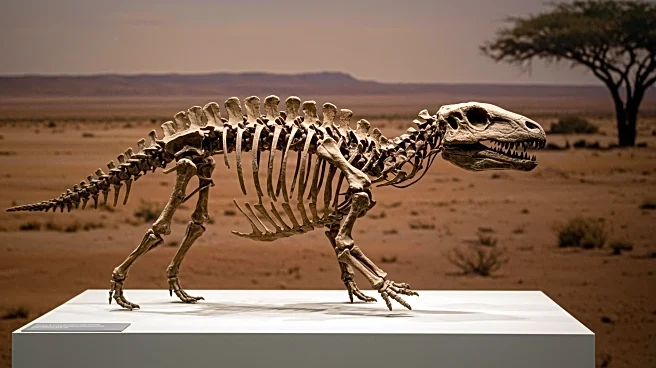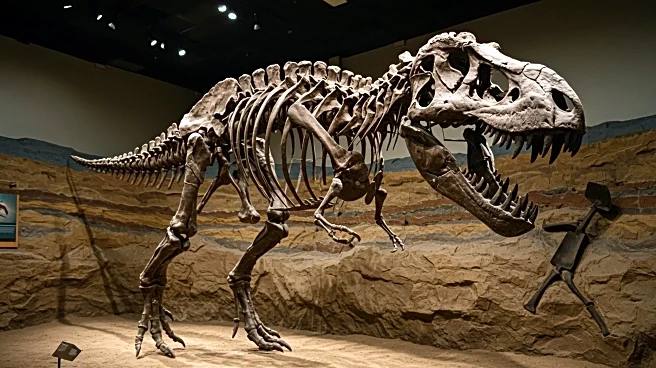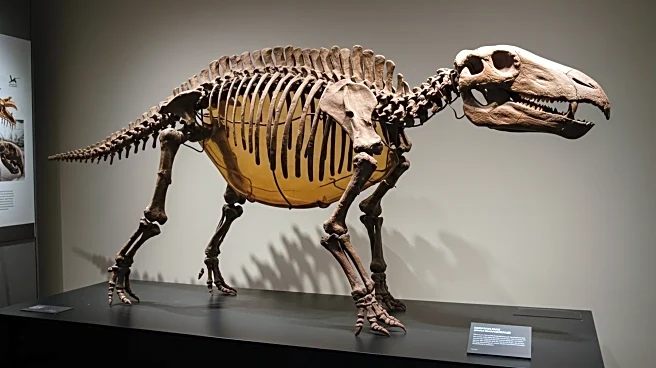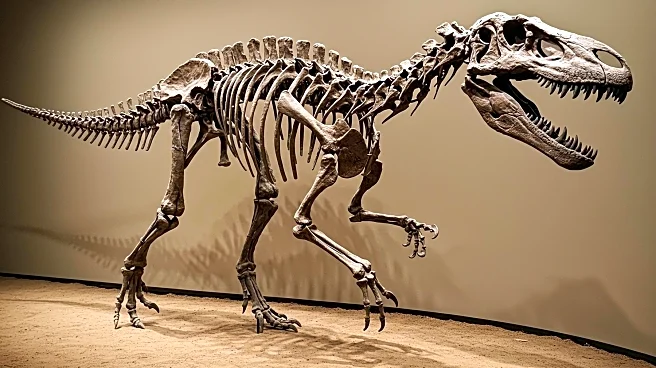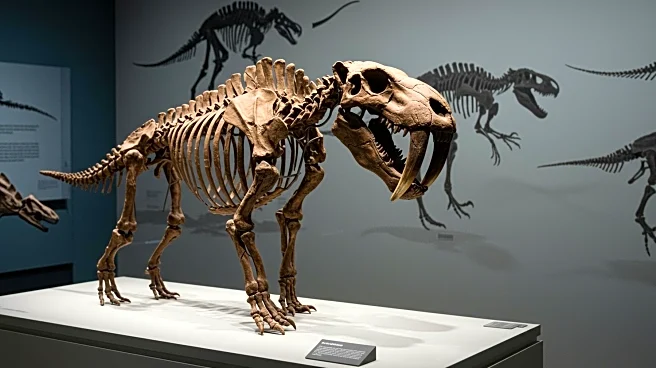Rapid Read • 8 min read
Researchers have uncovered a fossil of a tiny mammal, 'Yeutherium pressor,' in the Rio de las Las Chinas Valley, located in Chile's Magallanes region. This mammal, which lived during the Upper Cretaceous period approximately 74 million years ago, weighed between 30 and 40 grams and is the smallest mammal found in this part of South America. The fossil includes a small piece of jaw with a molar and the crown and roots of two other molars. Despite its resemblance to a small rodent, 'Yeutherium pressor' likely laid eggs or carried its young in a pouch. The discovery was made by a team from the University of Chile and Chile's Millennium Nucleus research center and published in the Proceedings of the Royal Society B.
AD
The discovery of 'Yeutherium pressor' provides significant insights into the diversity of mammalian life during the Cretaceous period in South America, a region that was part of the ancient supercontinent Gondwana. This finding contributes to the understanding of mammalian evolution and their ecological roles alongside dinosaurs. It highlights the adaptability and survival strategies of small mammals in prehistoric ecosystems, offering a glimpse into the evolutionary history that shaped modern mammals. The research underscores the importance of paleontological studies in uncovering the complexities of ancient life and ecosystems.
Further research and exploration in the Magallanes region may lead to additional discoveries that could provide more comprehensive insights into the biodiversity and ecological dynamics of the Cretaceous period. Scientists may focus on comparative studies with other mammalian fossils from different regions to understand evolutionary patterns and adaptations. The findings could also prompt discussions on the conservation of fossil sites and the importance of preserving paleontological heritage.
The discovery raises questions about the evolutionary pathways that led to the development of unique reproductive strategies among mammals, such as egg-laying and pouch-carrying. It also highlights the potential for uncovering more unknown species that coexisted with dinosaurs, offering a broader understanding of prehistoric life.
AD
More Stories You Might Enjoy
